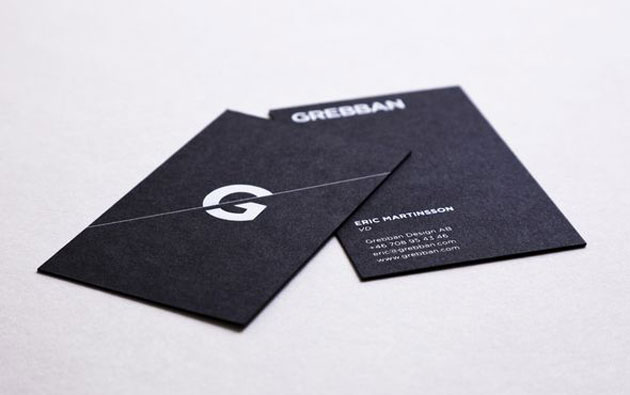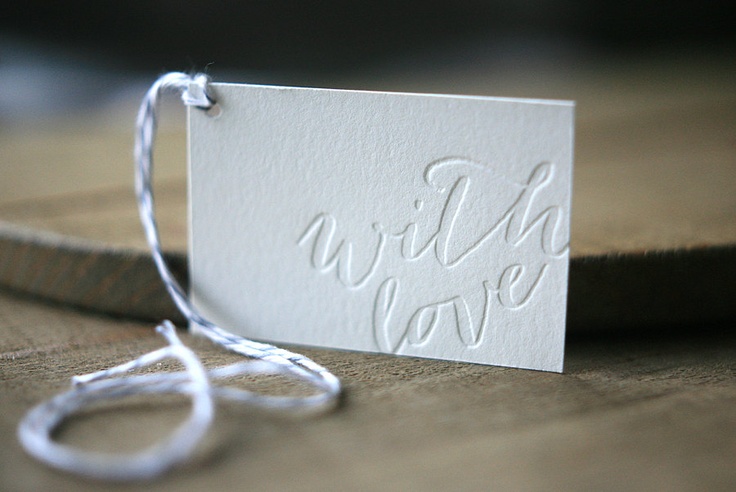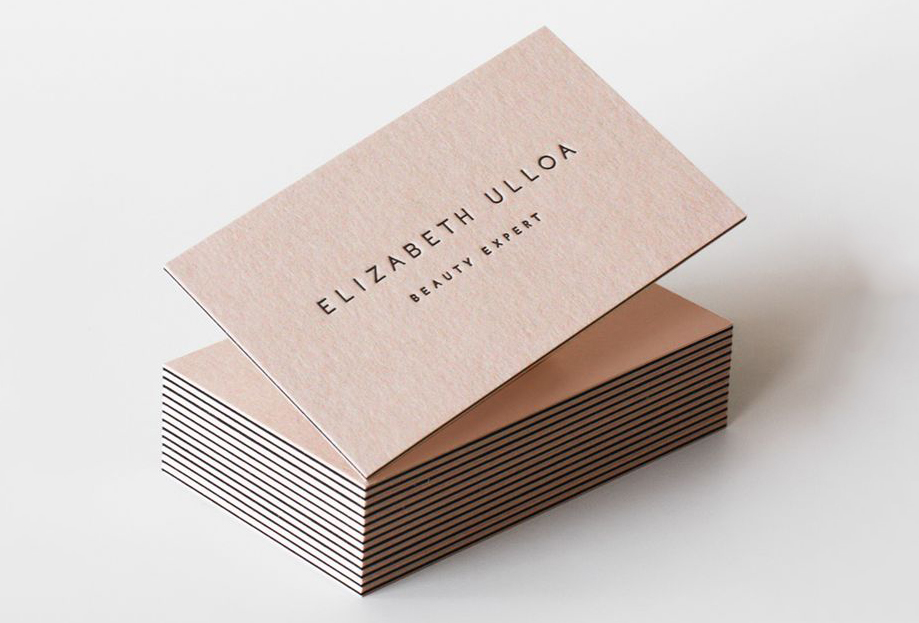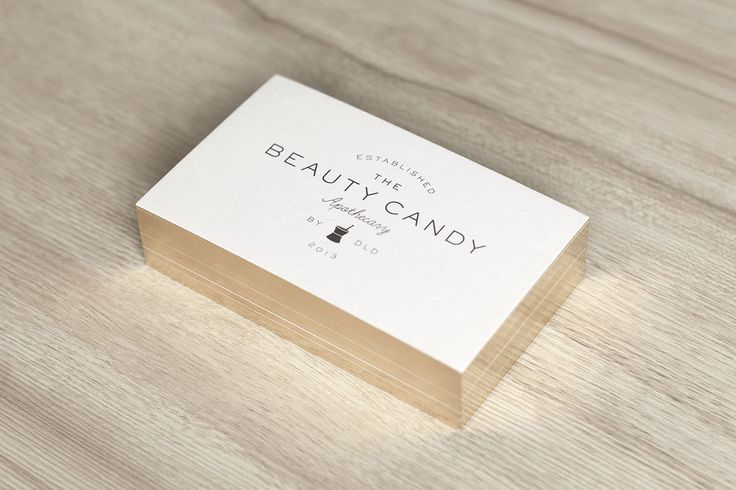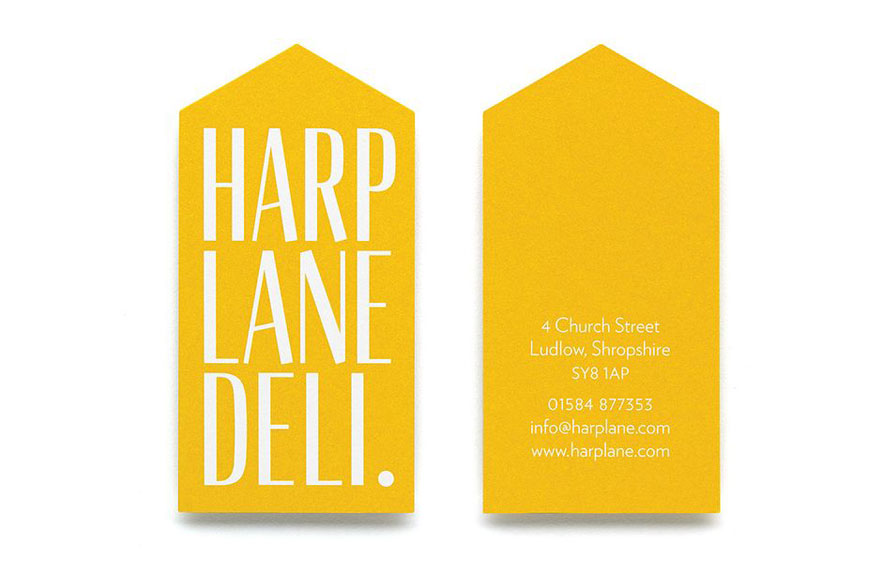
Specialty printing
At Juno, we loooooooove the use of special printing techniques… trust us when we say that it can really take your design to the next level if your budget allows for it. We can assist you with your logo design, business cards, corporate stationery, invitations and any other printed piece you can think of and then help you to choose a printing process that will compliment our design perfectly. We’re here from start to finish!
We used a combination of white ink printing and triplex on our juno business cards – if only we had a dollar for every compliment we’ve received about them! As a guide, we’ve put together a brief run-down of our favourites (and most commonly used):
White Ink Printing
It may be surprising to some, but until recently, it was extremely hard to print white ink onto dark or coloured paper. There are a few print houses around (trust us, we’ve searched high and low) who have mastered the technique by doing 4 – 5 hits of white ink directly on top of each other to achieve the look. Pop in and check out our juno cards to see this process.
Triplex
Standard printing processes do not allow you to print on heavyweight stocks (400GSM +), but we have the solution… triplex! Triplex is essentially three layers of stock glued together to achieve a super thick card (because thicker business cards are just the coolest). For something different, use a contrasting pop of colour in the middle that matches your branding.
Embossing/Debossing
This is a technique used to imprint elements onto paper (or leather, etc.). Embossing is where the element is raised on the surface, and debossing is when the element is pressed down to create a slight impression. This process is a really nice alternative to using ink, and on simple logo designs, the result is elegant and high-end.
Letterpress
Letterpress printing is the original printing technique used in the 1800s. Today, it is a very popular and artisanal method of printing. The cost per unit is quite expensive, however the result is truly stunning. Inks are mixed by hand (and are costed out this way, along with the intricacy and size of the design) and each print is done by hand, one at a time. The most effective letterpress prints are done on cotton stocks (which are designed to crush), leaving a beautiful impression.
Letterpress card // One colour + blank pattern
Letterpress // One colour + triplex
Foil Stamping
Foiling is a similar process to letterpress, but instead a temperature sensitive foil is hot stamped into paper with a magnesium block. The magnesium block is chemically etched with your custom design, and can be pressed into your business card paper with moderate impression. Foiling delivers an amazing, luxurious finish and when done right, will make any design look a million dollars. Popular foil choices are gold, silver and rose gold.
Foil Stamping // One colour gold foil
Edge Painting
Edge Painting is a process by which colour is applied to the edges of the paper. A high GSM (thicker paper stock) is required for this effect, so generally edge painting is used as an add-on to a letterpress card. It can be done in any colour, including metallics, and creates an extra wow factor for a relatively low additional cost.
Edge Painting // One colour print + gold edge paint
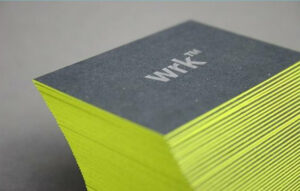
Edge Painting // White printing + yellow edge painting
Die Cutting
Die cutting is a process where a knife is created to cut interesting shapes or create special corners (such as rounded or bevelled corners) on your printed project. An interesting die cut can add a point of difference to your stationery.
Spot UV
Although technically not a printing technique, spot uv is a process where a varnish is applied to paper stock, to create a shine. Best applied to a matt varnished (or matt cello) card, it is relatively inexpensive and can produce really interesting results.
{All images via pinterest}
